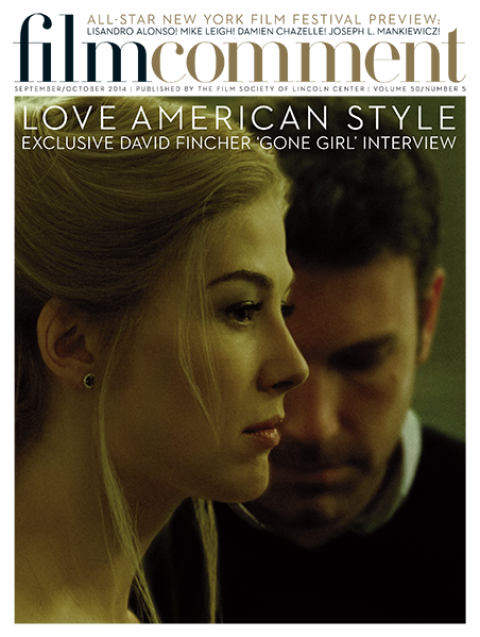
Just as the number of women involved in film production remains below the expectations of a great many observers, the number of female film critics at influential publications continues to decrease. The online quarterly cléo was launched in 2013 out of frustration with this state of affairs, providing a home for criticism that reflects the complex and shifting nature of feminism.
Each issue is devoted to a single-word theme: flesh, home, doom, crave, and, most recently, labor. Editors Kiva Reardon, Julia Cooper, Mallory Andrews, and Eleni Deacon select an inventive, diverse mix of films for coverage, unbeholden to the release calendar. “Doom” (Fall 2013) features intelligent, in-depth takes on Kazuo Hara’s Extreme Private Eros: Love Song 1974, Philippe Falardeau’s Monsieur Lazhar, Lizzie Borden’s Born in Flames, and two films by Peter Tscherkassky, as well as an excellent interview with Claire Denis.
In its approach, the journal revives the project of applying an overtly feminist perspective to film in the vein of Nineties zine culture. That mission shines throughout the “Crave” issue, especially in Gina Telaroli’s striking visual essay “Caught in the Frame” and Reardon’s piece on the 2006 documentary Thin that’s an expertly balanced discussion of eating disorders, their cinematic depiction, and how that film’s structure replicates their problematic representation in popular culture. As for the journal’s title: look no further than Agnès Varda’s 1962 film Cléo from 5 to 7, whose protagonist, cléo’s website explains, “comes to self-realization through the observation and mastering of her space.”








